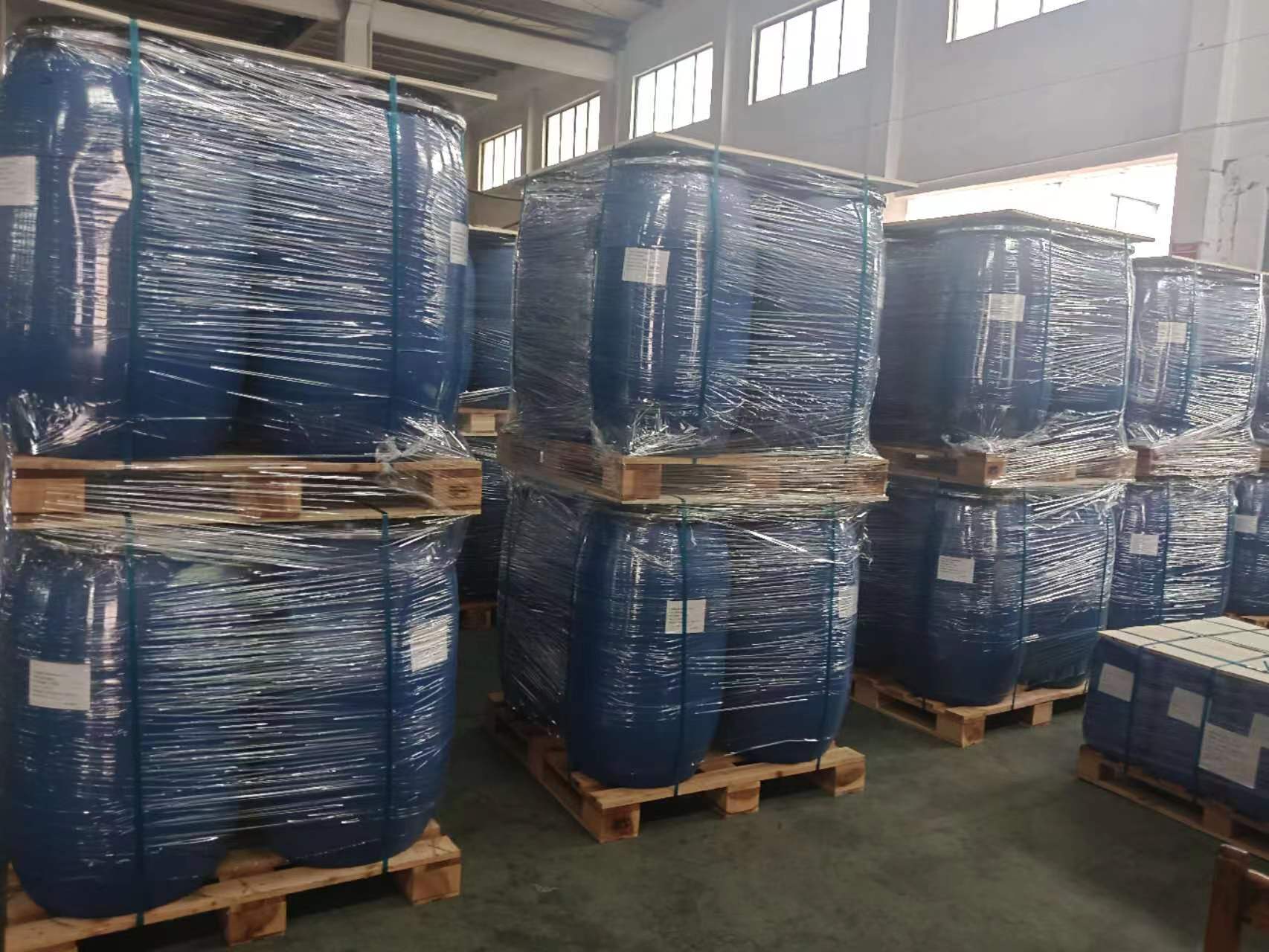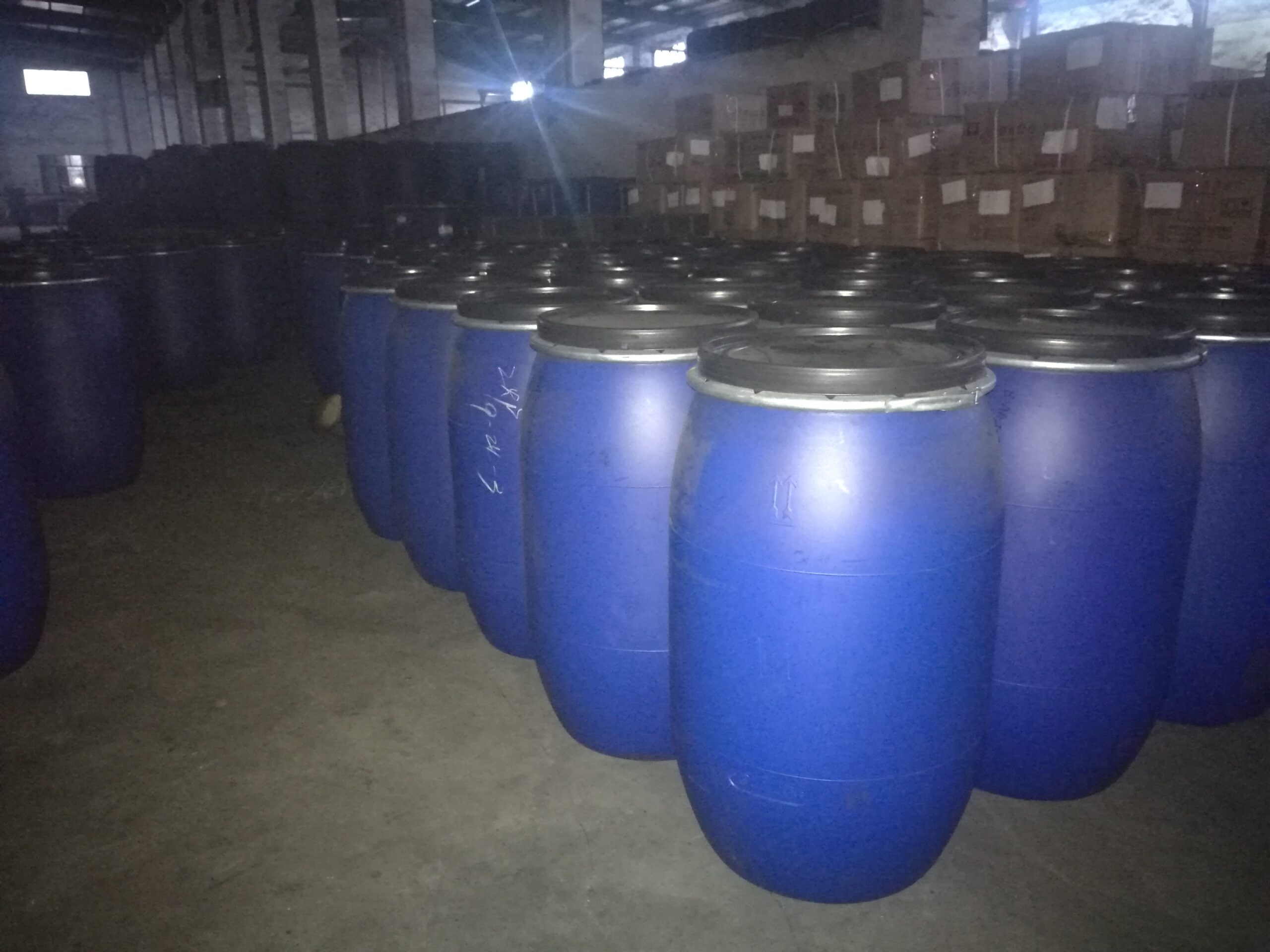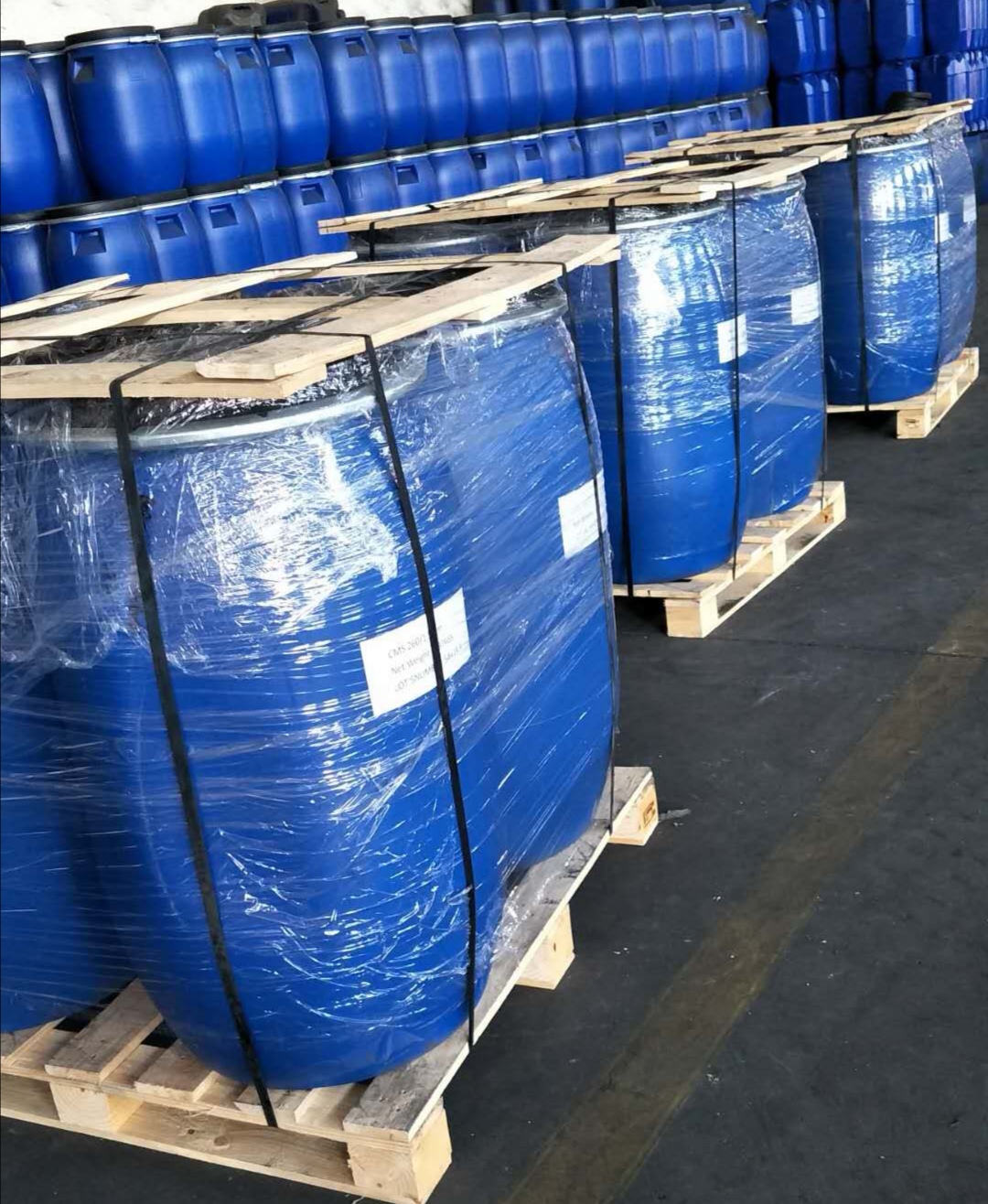Product Manual of Carbon molecular sieve
“Quality First, Pursuing Excellence”
Our company focuses on the research, production and sales of carbon molecular sieves. We are a domestic professional manufacturer with large production scale and high-quality products. The quality indicators of our products have always been at the leading position in China and have reached the quality level of imported carbon molecular sieves.
Carbon molecular sieves (CMS) are new non-polar adsorbents. They have the ability to adsorb oxygen molecules in the air under normal temperature and pressure conditions, thus enabling the production of enriched nitrogen gas.

Ⅰ. Main Product Models
Our main carbon molecular sieve products include three models. CMS-280 CMS-260 CMS-240
II. Principles of Nitrogen Production by Carbon Molecular Sieve Absorption Separation
The pressure swing adsorption nitrogen production machine uses carbon molecular sieves as the adsorbent and operates based on the principle of pressurized adsorption and depressurized desorption to adsorb and release oxygen from the air, thereby separating nitrogen. It is an automated equipment that enables the separation of nitrogen from air. Carbon molecular sieves are a cylindrical-shaped adsorbent made of resin, processed through grinding, molding, carbonization, and deposition activation to form pores. The surface and interior of the sieves are covered with micropores, and their characteristic pore size enables the kinetic separation of O2 and N2. The distribution of pore sizes allows different gases to diffuse into the micropores of the molecular sieve at different rates without repelling any of the gases in the mixed gas (air). The separation of O2 and N2 by carbon molecular sieves is based on the small difference in kinetic diameters of these two gases. The kinetic diameter of O2 molecules is smaller, so they diffuse at a faster rate in the micropores of the molecular sieve, while the kinetic diameter of N2 molecules is larger, resulting in a slower diffusion rate. The diffusion of water and CO2 in the compressed air is not much different from that of oxygen, while argon diffuses more slowly. The final product is a mixture of N2 and Ar that is enriched in the adsorption tower.
The adsorption characteristics of carbon molecular sieves for O2 and N2 can be visually represented by equilibrium adsorption curves and dynamic adsorption curves:
From these two adsorption curves, it can be seen that an increase in adsorption pressure causes the adsorption amounts of O2 and N2 to increase simultaneously, and the increase in the adsorption amount of O2 is greater. The pressure swing adsorption cycle is short, and the adsorption amounts of O2 and N2 have not yet reached equilibrium (maximum value), so the difference in diffusion rates of O2 causes its adsorption amount to exceed that of N2 in a short period of time.
Pressure swing adsorption nitrogen production utilizes the selective adsorption characteristics of carbon molecular sieves, using a cycle of pressurized adsorption and depressurized desorption to alternate the compressed air entering the adsorption tower (it can also be completed in a single tower) to achieve air separation and continuously produce high-purity product nitrogen.
III. Carbon Molecular Sieve Air Separation Nitrogen Production System
After the air is compressed by the air compressor, it passes through oil removal, drying, and dust removal, and then enters the air storage tank. It then passes through the air inlet valve, A tower inlet valve into the A tower sub-tower. As the tower pressure increases, the oxygen molecules in the compressed air are adsorbed by the carbon molecular sieve, and the unadsorbed nitrogen passes through the adsorption bed and enters the nitrogen storage tank through the A tower outlet valve and nitrogen production valve. This process is called A tower adsorption and lasts for several seconds. After the A tower adsorption process is completed, A tower and B tower are connected through upper and lower equalizing valves to achieve pressure equilibrium. This process is called equalization and lasts for 1 to 3 seconds. After equalization, the compressed air passes through the air inlet valve and B tower inlet valve into the B adsorption tower. The oxygen molecules in the compressed air are adsorbed by the carbon molecular sieve, and the enriched nitrogen passes through the B tower outlet valve and nitrogen production valve into the nitrogen storage tank. This process is called B tower adsorption and lasts for several seconds. At the same time, the oxygen adsorbed by the carbon molecular sieve in the A tower is released back to the atmosphere through the A tower exhaust valve. This process is called desorption. Conversely, B tower is also desorbing at the same time as A tower is adsorbing. To ensure that the oxygen released from the depressurized carbon molecular sieve in the adsorption tower is completely discharged into the atmosphere, nitrogen is blown out of the adsorption tower through a normally open reverse blowing valve by the nitrogen gas, and the valve is closed. This process is called reverse blowing. It is carried out simultaneously with desorption. After B tower adsorption, it enters the equalization process, and then switches to the A tower adsorption process, continuing in a cycle. The working process of the nitrogen production machine is controlled by PLC, which then controls the electromagnetic valves, and the electromagnetic valves control the opening and closing of pneumatic pipeline valves to complete the process. The electromagnetic valves control the A adsorption, equalization, and B adsorption states. The time flow of A adsorption, equalization, and B adsorption has been stored in the PLC controller and is connected to the closed port of the pneumatic valve when the power is off. When the process is in the A suction state, the electromagnetic valve controlling A suction is energized, and the pilot gas is connected to the A suction inlet valve, A suction outlet valve, and the opening of the B exhaust valve, causing these three valves to open, completing the A tower adsorption process, while the B adsorption tower desorbs. When the process is in the pressure equalization state, the electromagnetic valve controlling the pressure equalization is energized, and the other valves are closed; the pilot gas is connected to the upper pressure equalization valve and the opening of the lower pressure equalization valve, causing these two valves to open, completing the pressure equalization process. When the process is in the B suction state, the electromagnetic valve controlling the adsorption of the B tower is energized, and the pilot gas is connected to the inlet valve of the B tower, the outlet valve of the B tower, and the opening of the exhaust valve of the A tower, causing these three valves to open, completing the B tower adsorption process, while the A adsorption tower desorbs. During each process, except for the valves that should be opened, all other valves should be in a closed state.
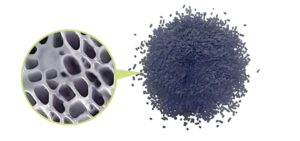
IV. Conditions to be Controlled for Carbon Molecular Sieves
1. Pre-treatment of raw air
It is very necessary for clean raw air to enter the carbon molecular sieve adsorption tower. Because the entry of oil vapor will clog the micropores of the carbon molecular sieve, significantly reducing the separation effect. After the raw air is compressed by the air compressor, not only does the air temperature increase, but there will also be oil vapor (especially in oil-lubricated air compressors), so it is necessary to go through a cooler and an oil removal and drying purification system. Therefore, the requirements for the raw air by the carbon molecular sieve are: dew point ≤ -40℃; oil content ≤ 0.3 PPM; organic gases < 0.1 PPM. The treated clean raw air enters the carbon molecular sieve adsorption tower for adsorption and reuse, and can be continuously regenerated.
2. Concentration and production volume of product nitrogen
For nitrogen production by carbon molecular sieves, the N2 concentration and production volume can be adjusted arbitrarily according to the user’s needs. When the production volume decreases, the N2 concentration will increase, and vice versa. Users can consider both of them comprehensively according to actual needs to obtain low-cost nitrogen.
3. Pressure equalization time
During the nitrogen production by carbon molecular sieves process, when one adsorption tower finishes adsorption, the gas in this adsorption tower needs to be injected from both upper and lower directions into another regenerated adsorption tower to make the gas pressure of the two towers the same. This process is called pressure equalization of the adsorption tower. Choosing an appropriate pressure equalization time can not only recover energy but also reduce the impact of the carbon molecular sieve in the adsorption tower, causing powdering, and extend the service life of the molecular sieve. Generally, the pressure equalization time is 1-3 seconds.
4. Production time
Due to the different adsorption rates of carbon molecular sieves for oxygen and nitrogen, the adsorption of O2 reaches equilibrium in a short time, and at this time, the adsorption amount of N2 is very small. If the adsorption time is appropriately longer, it can save raw air, reduce energy consumption, reduce the frequency of valve opening and closing on the nitrogen generator, improve the stability of the device, extend the service life of the carbon molecular sieve, and generally choose an adsorption time of 45-60 seconds.
5. Operating pressure
A higher adsorption pressure results in a larger adsorption capacity. Therefore, pressurized adsorption is beneficial, but if the adsorption pressure is too high, the air energy consumption and the requirements of the device are also high. Therefore, it is necessary to select the adsorption pressure from the perspective of comprehensive energy consumption. It is recommended that for the normal pressure regeneration process, the adsorption pressure should be selected to be 0.7-0.8 MPa.
6. Operating temperature
Because there is a heat release effect during the adsorption process, the higher the adsorption temperature, the lower the adsorption capacity. The requirement for the environment temperature of the nitrogen generator is: ≤ 20℃ is the most suitable. Therefore, choosing a lower adsorption temperature is beneficial for the performance of nitrogen production. In the process of the nitrogen generator, if conditions permit, it is beneficial to adopt a lower adsorption temperature.
V. Product Packaging and Use
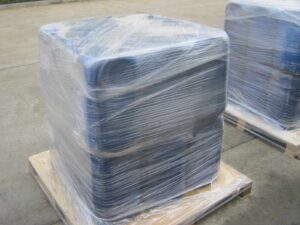
1. Our company’s products are packaged in polyethylene plastic barrels, with a net weight of 40KG/ barrel and 20KG/ barrel; vacuum packaging is adopted; the sealing performance is good.
2. Carbon molecular sieves are vacuum packaged to effectively increase the storage time of carbon molecular sieves. Users must open the packaging again before use. It is strictly prohibited to expose the carbon molecular sieve products to the air for a long time, especially in environments with high humidity or where there are oil or organic substances. 3. During the filling process of the carbon molecular sieve products, it is essential to ensure a tight packing. This can be achieved by using vibration tools or vibration tables to vibrate the adsorption tank, or more effective methods can also be employed to compact the carbon molecular sieve. In any case, it is strictly prohibited to directly tamp the carbon molecular sieve with any tools.
